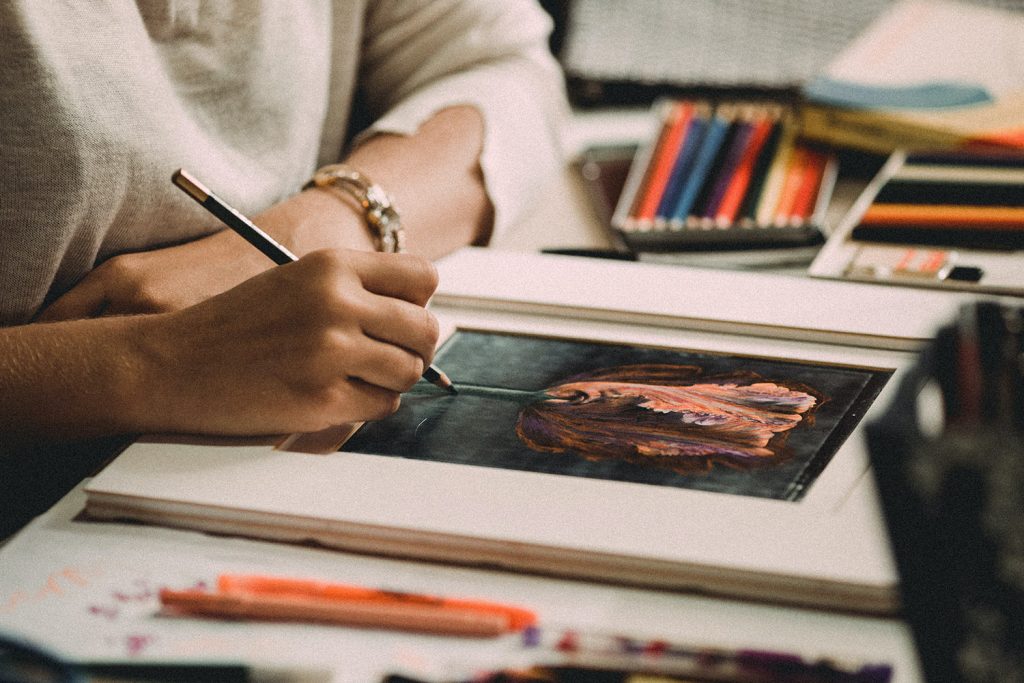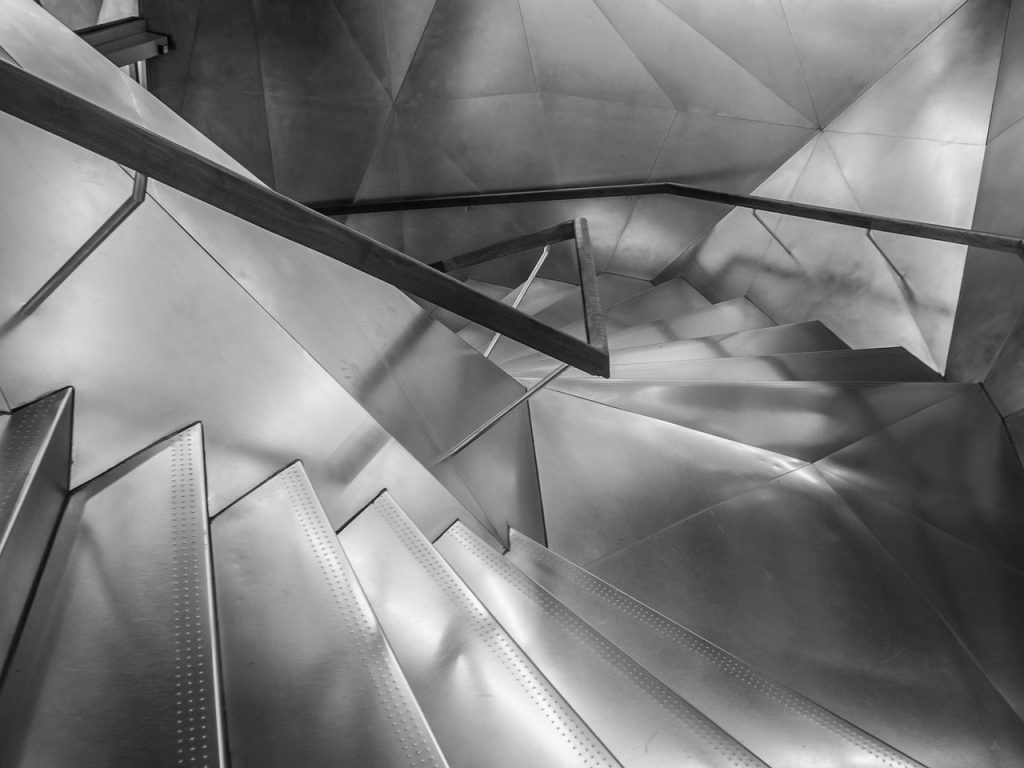In 1981, John Akomfrah (b. 1957), alongside contemporaries David Lawson and Lina Gopaul founded the arts initiative Black Audio Film Collective. The organisation created experimental works engaging with the culture and politics of the Black and Asian Diasporas. Comprising archival and found footage, sound collages, interviews and realist depictions of contemporary England, films such as Handsworth Songs (1986) introduced narratives of black British history into the mainstream media whilst highlighting issues of social, economic and political unrest. In the years following, Akomfrah’s work has been shown in museums and exhibitions across the world, including the Tate Modern, Centre Pompidou and the Guggenheim Museum. In 2023, he received a knighthood as a part of the 2023 New Years Honours. This year, he has also been chosen to represent Great Britain at the 60th Edition of the Venice Biennale in 2024.
The multidisciplinary artist is best known for works such as Mnemosyne (2010), a work that tells the story of immigrant experiences coming into the UK in the 1950s, The Unfinished Conversation (2012), examining the archives of British cultural theorist and sociologist Stuart Hall and most recently Purple (2017), an installation that addresses the climate crisis. Now, Akomfrah exhibits at The Box, Plymouth with Arcadia (2023), a multi-screen installation that reflects on The Columbian Exchange – the widespread transfer of plants, animals, precious metals, commodities and ideas between the Americas, Afro-Eurasia and Europe – the ‘New World’ and the ‘Old World’ – from the 1400s onwards. For Akomfrah, who is renowned for his thought-provoking pieces that examine issues on colonialism and climate change, it’s been a long time in the making. Here, Akomfrah speaks to Aesthetica about his thoughts and practice behind the work.
A: What does the title Arcadia symbolise?
JA: I’ve been asked quite a few times what Arcadia refers to and what it means. I think somewhere in the European imagination there was the sense of the elsewhere; that the ‘New World’ was as a place of refresh, restart, new beginnings. And in this fantasy of a new beginning, lies an idea that’s been with us since the Greeks – that there is always a place where we can be ourselves, where we can be free. The problem is that Arcadia can often have a downside: somebody’s free world is always somebody else’s hell. So, the title has a somewhat ironic detachment, and is also rooted in reality. I think people had a genuine desire to do something heroic, but many unintended consequences usually come attached to gestures of that kind. You may want to create heaven, but in the process you end up with something else.
A: Form is a crucial element of your work. In previous installations you’ve opted for triptychs or multi-channel displays. Arcadia uses five screens in the shape of a cross. What drew you to this?
JA: I’ve worked with triptychs a lot where three screens have a conversation with each other, and it just seemed to me that we needed to add something this time. With Arcadia it felt like something more expansive, more discursive was required. The fact that the crucifix is also the most potent symbol of colonial conquest made it an appropriate structure to use – although it’s also very practical. I needed more screens to allocate to the new actors, or elements, that are coming on board for this project.

A: Can you tell us more about a few of the sites that inform Arcadia?
JA: We were originally going to do a multi-screen piece for The Box’s opening and the anniversary for the pilgrim landings. We’d gone to North America and found the places we were going to film. We’d decided on Vancouver Island as our main spot, but we were also going to go to Washington. We came back from the last reccy in the week that Britain closed its doors because of the pandemic. For three years we pretty much couldn’t do anything – but those three years allowed the possibility of a rethink. At the heart of the pilgrim journey project was a mystery that I hadn’t quite figured out, and that was to do with the fact that when the pilgrims arrived, essentially the place they arrived at was empty. They encountered this depopulated space because earlier waves of European arrival had brought with them a cocktail of viruses and diseases, smallpox in particular. To make this recognition in the middle of a pandemic then started to change how we conceived of the project. I thought: Why don’t we go back? Why don’t we rewind and do the period before the arrival of the pilgrims so that we can explain to ourselves, and the people interested in our project why this place was empty? In the end, the original filmed material for Arcadia was shot in Scotland as well as other locations in the UK, the Caribbean and Africa.
A: The sense of human conquest, or settler colonialism emerges strongly from Arcadia. It looks at colonisation through the “Columbian Exchange”, the spread of peoples, plants and diseases between Europe and the Americas. What was your process for representing this?
JA: In a way this is something I’ve been involved with a lot; trying to make projects in which questions of the human, the environmental, the historical and the archival play some sort of ensemble role. The pandemic was the catalyst and it made us realise that you could make a project in which, irrespective of the ambitions of people, other forces, other agencies play significant roles. The settling of the ‘New World’ is always told as a kind of human drama but actually, a significant part is played by non-human actors. So, one of the things we wanted this project to be about was the ‘Columbian Exchange’ – this mode of circularity in which the act of travel ends up depositing things in a place that make an impact on it but where you also end up importing things back that have an impact too – some intended, some unintended.

A: In “Heavy Waters,” Elizabeth Deloughrey writes, “water is an element which remembers the dead.” The sea is a recurrent feature in your work, we see it in Vertigo Sea (2015) and again in Arcadia. Why is it a site that you are so strongly drawn to?
JA: The sea is a powerful force but in actual fact it’s the wind and the role it plays in the drama of human affairs which I’m really exploring. The discovery of the trade wind that led from one side of the Atlantic to the other was a gamechanger – irrespective of what Columbus or Diaz, or sailors like Conquistadors wanted. When they arrived, the wind played a major role because viruses can be windborne. The wind is the big player here and it felt important to do something which prioritised that as a key actor.
A: What do you want viewers to feel when they leave the exhibition?
JA: There are so many layers to Arcadia and so much research involved in my practice. I hope every viewer connects with it in a way that feels authentic to them and their experiences. I hope it encourages conversations whether they’re about colonialism, the power of the archive, the power of storytelling, the role Plymouth played in the story of the settling of the New World. I also hope it makes them think about the complexity of migration. People often say to me; a lot of your work is about migration and the archive, but I think they assume that means it’s about migration of people of colour or the archive of people of colour. We forget that in the last 500 years there have been colossal movements, but they’re not just one way. Europeans moved in their millions. The archival traces of those migrations are what we’re working with and It’s not just the official records, but the drawings, the books, the aural testimonies, the manuscripts, the ruins left behind. I’m interested in the manifold narratives of migration. It’s how the modern world came about, and we don’t often understand this enough.

A: Finally, what are you working on next?
JA: John Akomfrah: A Space of Empathy displays at the Schirn Kunsthalle Frankfurt until 28 January and features three of my works from recent years: The Unfinished Conversation (2012), Vertigo Sea (2015) and Becoming Wind (2023). And, of course, I’m representing Great Britain at the Venice Biennale later this year.
Arcadia was commissioned by The Box, Plymouth City Council; co-commissioned by Sharjah Art Foundation and Hartwig Art Foundation, Amsterdam; generously supported by Polygreen Culture and Art Initiative (PCAI), Piraeus, Greece, and Arts Council England.
Arcadia
The Box, Plymouth | Until 2 June 2024
theboxplymouth.com
John Akomfrah: A Space of Empathy
Schirn Kunsthalle Frankfurt | Until 28 January 2024
schirn.de
John Akomfrah: Venice Biennale
20 April to 24 November 2024
labiennale.org
Interviewer: Chloe Elliott
Image Credits:
All stills courtesy of John Akomfrah. Arcadia, 2023. 5 channel HD colour video installation with 15.1 surround sound. 58 minutes 38 seconds(AKOM230001) © Smoking Dogs Films; Courtesy Smoking Dogs Films and Lisson Gallery.




